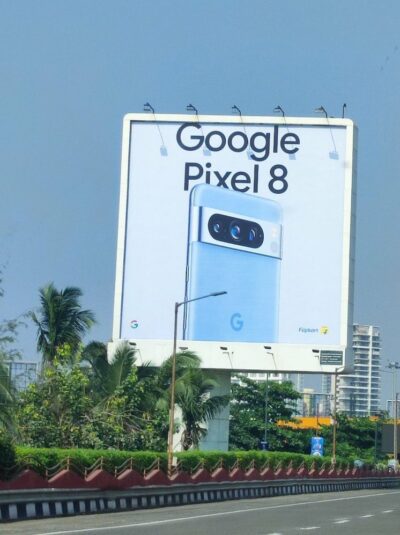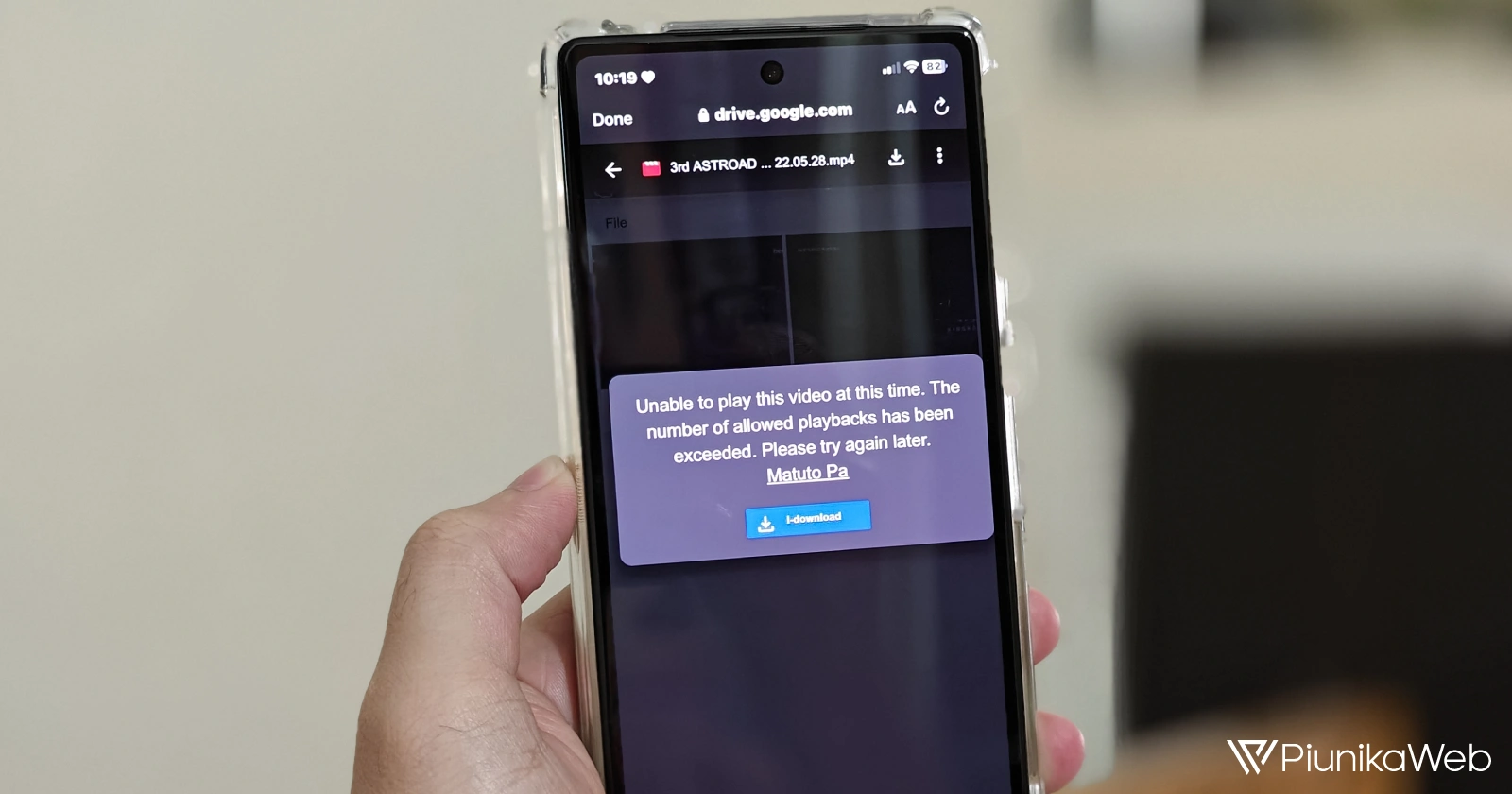Looking to grab the latest Google Pixel 8 in the United States? You’re in the right place. This comprehensive guide will help you make the best choices, whether you’re deciding between the Pixel 8 and Pixel 8 Pro, figuring out the benefits of an unlocked versus carrier-locked model, selecting the right storage option and color, and finally, where to make your purchase. You’ll get answers to all these questions in this Pixel 8 buying guide.
You can use the quick links below to access every section of this article:
Should you buy a Pixel 8 or a Pixel 8 Pro?
Confused if you should get a Pixel 8 or a Pixel 8 Pro? Let us make it easy for you to decide whether you want a vanilla Pixel 8 that comes with all the basic features a flagship should have or a Pro version that has some additional functionalities. While both the Pixel 8 and 8 Pro bring substantial upgrades compared to their predecessors, there are also some key differences between these devices. And your decision to buy one of the Pixel 8 phones lies in the differences they have.

One of the major differences lies in the camera on both models. The Google Pixel 8 Pro boasts a triple rear camera configuration, whereas the non-Pro variant is equipped with dual cameras. There’s a 50MP main camera with OIS, Laser, and PDAF which is common on both models. However, the Pixel 8 Pro goes further with two additional 48MP cameras—an ultra-wide and a telephoto. In contrast, the Pixel 8 includes a 12MP ultra-wide camera alongside its 48MP main camera.
Display
One significant difference worth considering is the display size. If you prefer a larger display, the Pixel 8 Pro, with its massive 6.7-inch screen, is the obvious choice. On the other hand, if you favor more compact smartphones that easily fit in your hand, the Pixel 8, featuring a 6.2-inch display, is the clear winner.
However, size isn’t the only deciding factor in the display. Peak brightness and refresh rates are crucial factors to consider. The Pro model boasts adaptive refresh rate capability that can smoothly transition between 1 Hz and 120 Hz. In contrast, the Pixel 8 can only go as low as 60 Hz.
While this might not be a significant difference for the average user, it could be a decisive factor for hardcore gamers. Apart from the refresh rate, both devices also differ in the peak brightness level of their displays. The Pixel 8 Pro promises a peak brightness of 2500 nits, while the non-Pro version is limited to 2000 nits. This means that the pro variant will be much brighter in daylight conditions compared to the non-pro version.
Performance and battery life
Both the Pixel 8 and 8 Pro are equipped with Google’s latest Tensor G3 chipset, manufactured on a cutting-edge 4nm process. This is a significant improvement over the previous Tensor G2. With both phones sporting the same processor, their overall performance should be quite similar.
Now, turning to battery capacity, the Pixel 8 boasts a 4,575mAh battery, while the Pixel 8 Pro features a larger 5,050mAh battery. Google has enhanced the battery life on both models compared to the Pixel 7. However, if we compare the two, the Pixel 8 Pro stands out for its longer battery backup.
Storage and color options to choose from
Once you’ve decided which variant you need to get, the vanilla Pixel 8 or the pro version, you can proceed to choose the storage capacity that suits your needs and the color that perfectly complements your personality. In this Pixel 8 buying guide, we’ve listed all the available storage and color options, and you can check them out below.
Google provides a variety of color options for both the Pixel 8 and 8 Pro. The Pixel 8 is available in Hazel, Obsidian, and Rose colors, while the Pixel 8 Pro comes in Bay, Obsidian, and Porcelain. When it comes to storage, the Pixel 8 offers two choices – 128GB and 256GB, while the Pixel 8 Pro provides four options – 128GB, 256GB, 512GB, and 1TB.
Clearly, the Pixel 8 Pro offers more storage options compared to the non-Pro version. If you need a phone with a higher storage capacity, the Pixel 8 Pro is the better choice. However, if you can manage with lower storage, opting for the Pixel 8 can save you some money.
Deciding on an unlocked or a carrier-locked model
Traditionally, the trend in the US favors carrier-locked devices, but it’s worth considering the advantages that come with the unlocked version. In this Pixel 8 buying guide, we have listed the advantages and disadvantages of buying an unlocked or a carrier-locked version.
Carrier-locked version: Advantages and disadvantages
Opting for a carrier-locked Pixel 8 phone in the US comes with both advantages and disadvantages. On the positive side, purchasing a carrier-locked phone is convenient, as you don’t need to pay the full device cost upfront. Instead, you can make a partial down payment and cover the remaining amount through installment payments over time. Additionally, carriers often provide substantial discounts and attractive offers, especially on newly launched devices.
Another advantage of getting a carrier-locked version is the easy technical support and service for the device. If your phone has some physical defect or there’s something confusing, you can simply visit the local carrier shop and they’ll sort it out for you. Moreover, carriers typically offer their own insurance plans at a cheaper rate than what manufacturers offer on unlocked devices. This adds an extra layer of protection for your device.
The biggest disadvantage of buying a carrier-locked phone is that it’s locked to that carrier. And since you’ll buy the device in monthly installments, you can’t switch to another carrier until you pay the full amount. So, you should only buy a carrier-locked phone when you are sure that the carrier you choose is right for you. Another disadvantage of buying a carrier-locked phone that specifically affects the Pixel 8 is the limited storage options. Only Verizon in the US offers three different storage options, while AT&T has only two, whereas T-Mobile only offers the Pixel 8 in just 128GB storage option.
Unlocked version: Advantages and disadvantages
Opting for an unlocked Pixel 8 brings several advantages. Firstly, it provides the freedom to choose a carrier that suits your needs. This also means that you can switch between different carriers anytime you want. Also, since the unlocked version directly gets software updates from the manufacturer, you’ll get faster and more timely updates on your device. The unlocked Google Pixel devices are also eligible for testing out beta, a perk that you won’t get on carrier-locked devices. Another advantage of getting an unlocked version is that they won’t come with unnecessary bloatware that carriers usually force manufacturers to pre-install on the carrier-locked models.
Now coming to the disadvantage, opting for an unlocked version means missing out on certain carrier-specific benefits available with carrier-locked versions, such as easy technical support and deals. Before making your decision about whether you prefer a carrier-locked or an unlocked Pixel 8, you should take into account all the points mentioned above.

Offers on carrier locked-phones
If you are opting to buy a carrier-locked Pixel 8, you might have already heard of Verizon’s BOGO offer, where if you buy a Pixel 8 or 8 Pro, you can get another Pixel 8 for free. Also, AT&T is offering a free Pixel 8 Pro with an eligible trade-in and a qualifying unlimited plan. Moreover, Verizon is also giving an additional $200 off if you choose to switch from a different carrier.
Apart from these top deals, carriers in the US such as T-Mobile, Xfinity, and Visible have come up with several offers, discounts, and trade-in deals that are enough to entice users to switch to a carrier-locked version. You can check out all the ongoing offers on the Pixel 8 and 8 Pro in our deals-focused article.
Where to buy
In the United States, you can purchase the Google Pixel 8 and 8 Pro from various retail outlets, both online and offline. The Google Store is a primary option for direct purchases. For online retailers, Amazon, Best Buy, and Walmart all offer the Pixel 8 and 8 Pro. If you are looking to buy a Pixel 8 phone offline, you can check it out at Google’s physical store or Walmart store. If you’re considering a carrier-locked version, you can also explore options on the respective carrier’s website.
Before making a decision to purchase a Pixel 8 device from any of these stores, it’s advisable to explore the deals and discounts they have on offer. Only after carefully evaluating the available deals should you proceed with your purchase. This way, you can get the best value for your money.
I hope this Google Pixel 8 buying guide ends up helping you decide which of the latest Google Pixel phones – the Pixel 8 or 8 Pro – you should buy.


